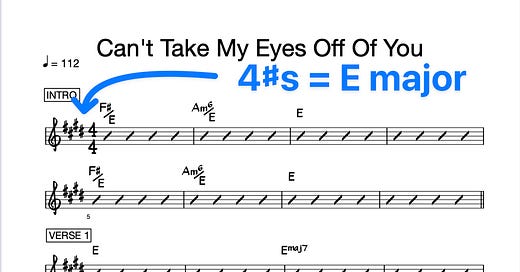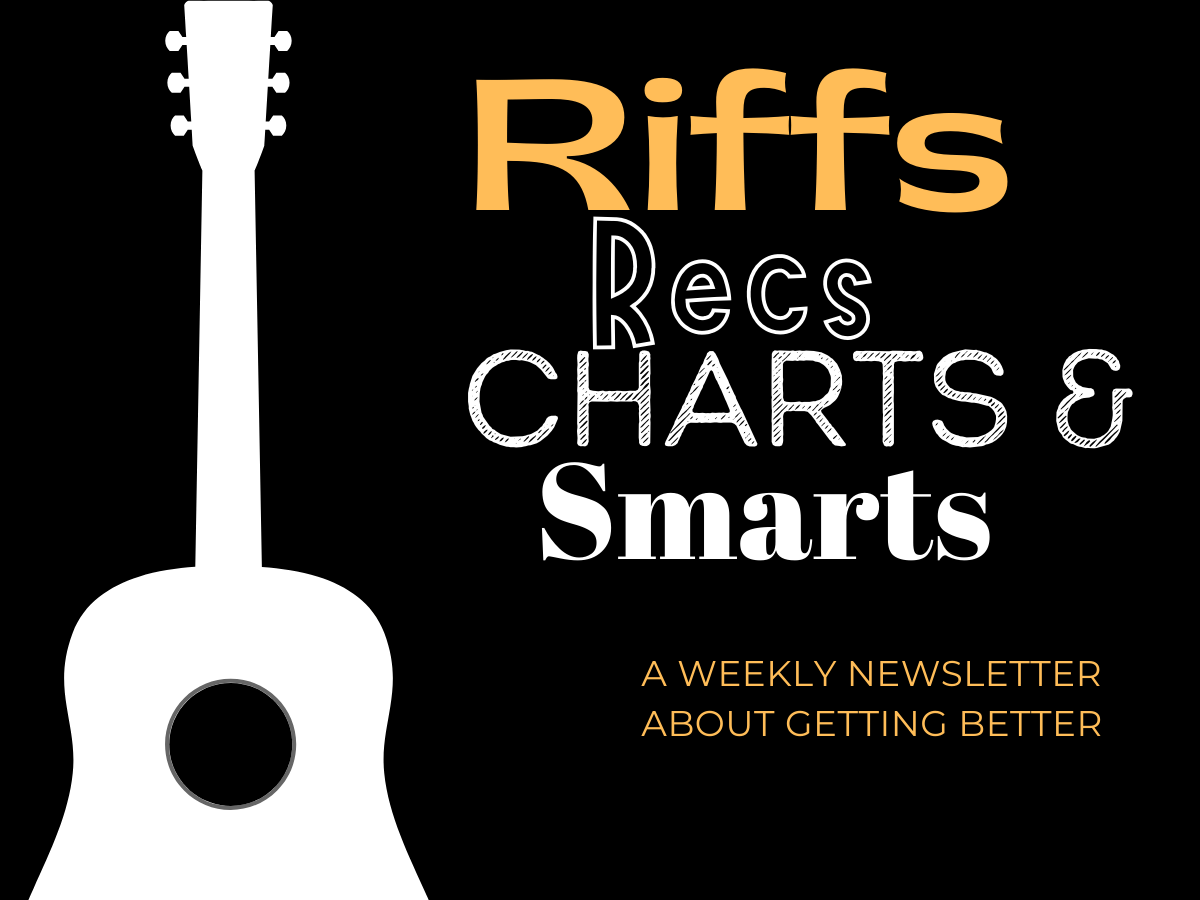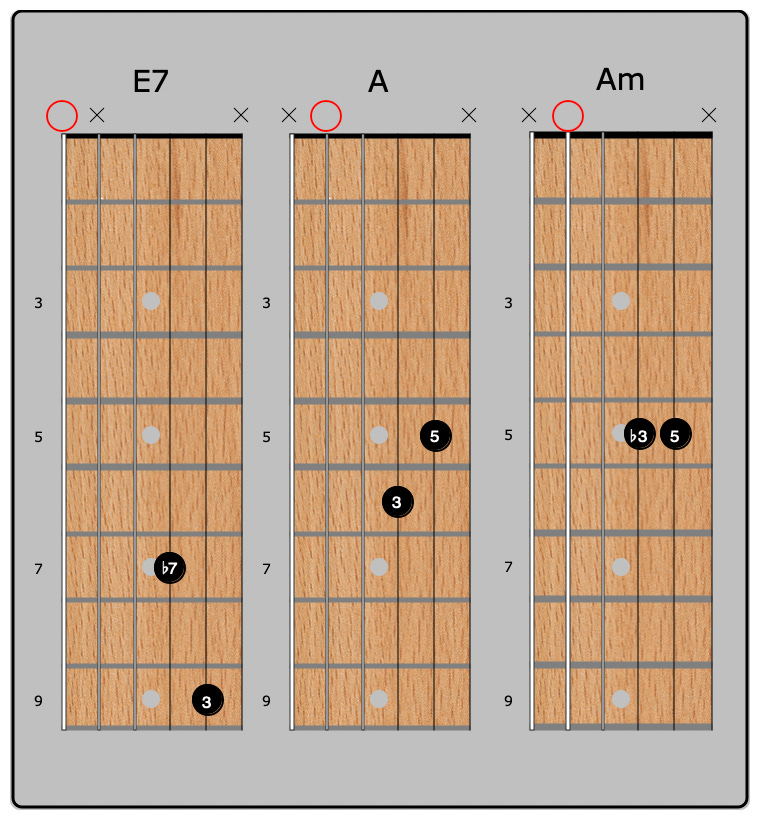RIFFS:
No.
That’s the word.
The next level of success always requires saying no to something.
You can have anything you want, but you can’t have everything you want.
“No” is especially hard for musicians & other freelancers:
You start your career by saying yes to anything & everything.
You conflate your self-worth with the number of gigs on your calendar.
You find yourself with an unbooked Saturday night, and suddenly you’re struck with an existential fear that this is the beginning of the end.
But: this is The Year Of The Solo Show.
So I’ve started saying no to things that aren’t solo shows:
Am I available to work as a sideman? No.
Write some charts for your project? No.
Run sound for your concert? No.
Put together a trio for a one-off booking? No.
This is much harder than I anticipated.
There’s the career-long habit of saying yes. There’s the FOMO when the band is comprised of great friends I haven’t seen in way too long. There’s the lure of money.
But in order to level up in the areas that matter most, I have to get ruthless.
We can never make time.
We can only ever take time.
And here’s the rub: we have to take that time from something else.
RECS:
Ryan Holiday’s newest book has been helpful.
I haven’t yet finished Discipline Is Destiny, but it’s classic Ryan Holiday: big ideas, supported by well-written stories from history.
CHARTS:
Yesterday’s sideman gig was too hard to pass up.
It was a killer band made up of great friends, and we backed badass Broadway singer John Michael Dias.
Midway through the second set, there’s a moment where we strip it down to just acoustic guitar & voice and play Can’t Take My Eyes Off Of You:
SMARTS:
1
It’s a weird one.
The first two verses, pre chorus, & chorus are in the key of E
Then when we come out of the first chorus and into VERSE 3, we’re in the key of G.
But then at PC 2… we’re back in E?
In theory, this shouldn’t work.
But in practice, it does.
2
Slash chord intro.
There’s a static E in the bass, and the chords descend:
F#
Am6
E
3
Endlessly descending voice leading.
There are quite a few songs that use a progression like this.
Starting with the E chord, the root drops a half step, creating an Emaj7…
…then an E7:
That note descends another half step, but now it’s the major 3rd of an A chord:
Another half step down turns that A chord into an Am:
Another half-step drop lands on the 5th of the E chord.
Other songs that use this move tend to stop here, but because this is a Bob Gaudio song, we just keep on going into the intro riff:
F#/E → Am6/E → E
For those of you keeping score at home, that’s EIGHT consecutive half-step voice leading moves.
4
Easy to read is better than technically correct.
The instrumental Pre Chorus section has a note that “rubs” against the chord. It adds tension (that then gets released).
You can write the “correct” chord names this implies…
…but it starts to get cluttered real quick.
In this case I chose to write the basic chord names + the melodic figure.
5
Should I make a video tutorial for this?
Let me know if you’re interested.
That’s all I got this week.
See you next Wednesday,
Josh



















You said "You can have anything you want, but you can’t have everything you want." Another iteration of Oliver Burkeman's concept of "finitude" in 4,000 Weeks. A concept that has definitely changed my life. Profound!